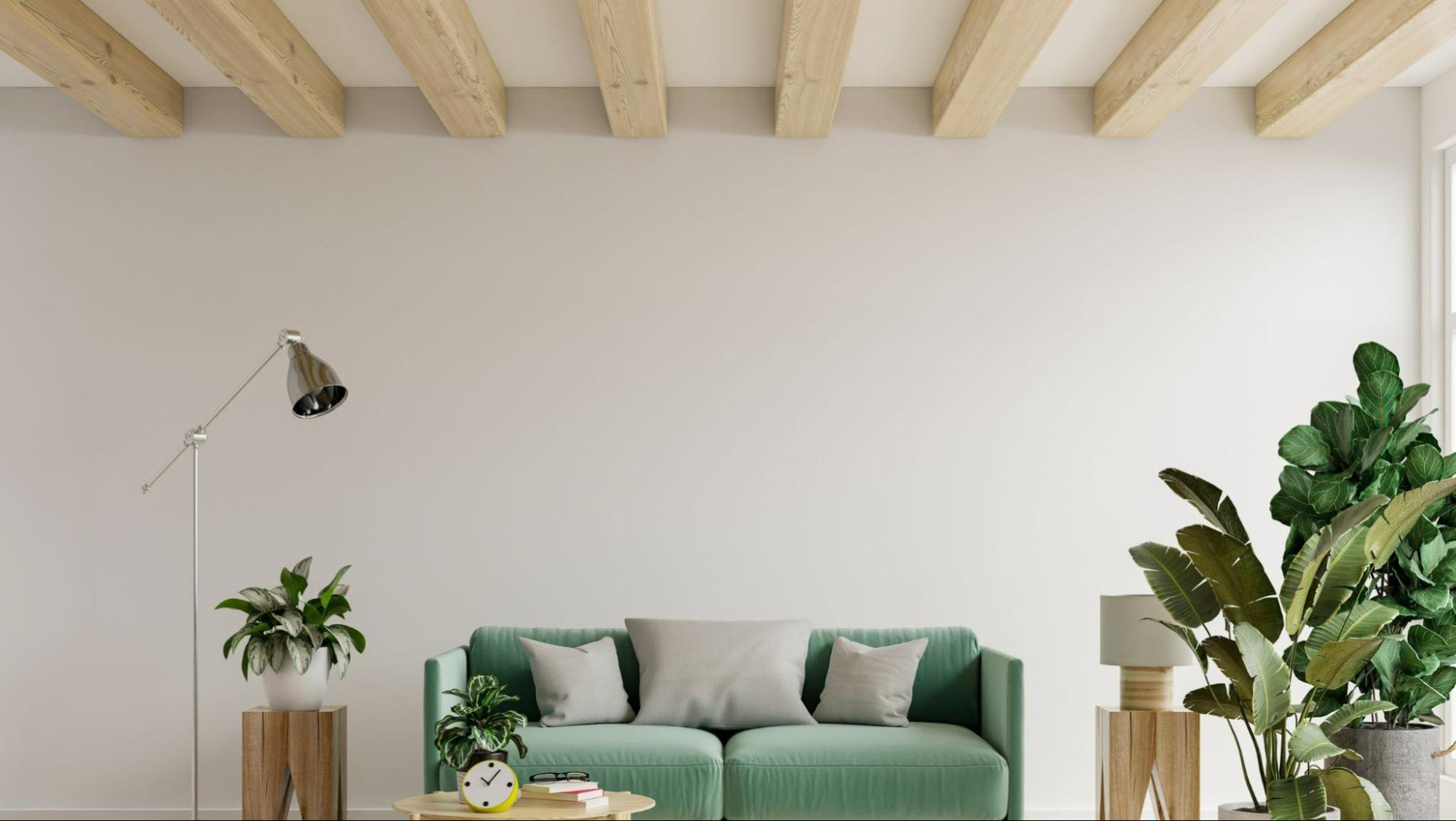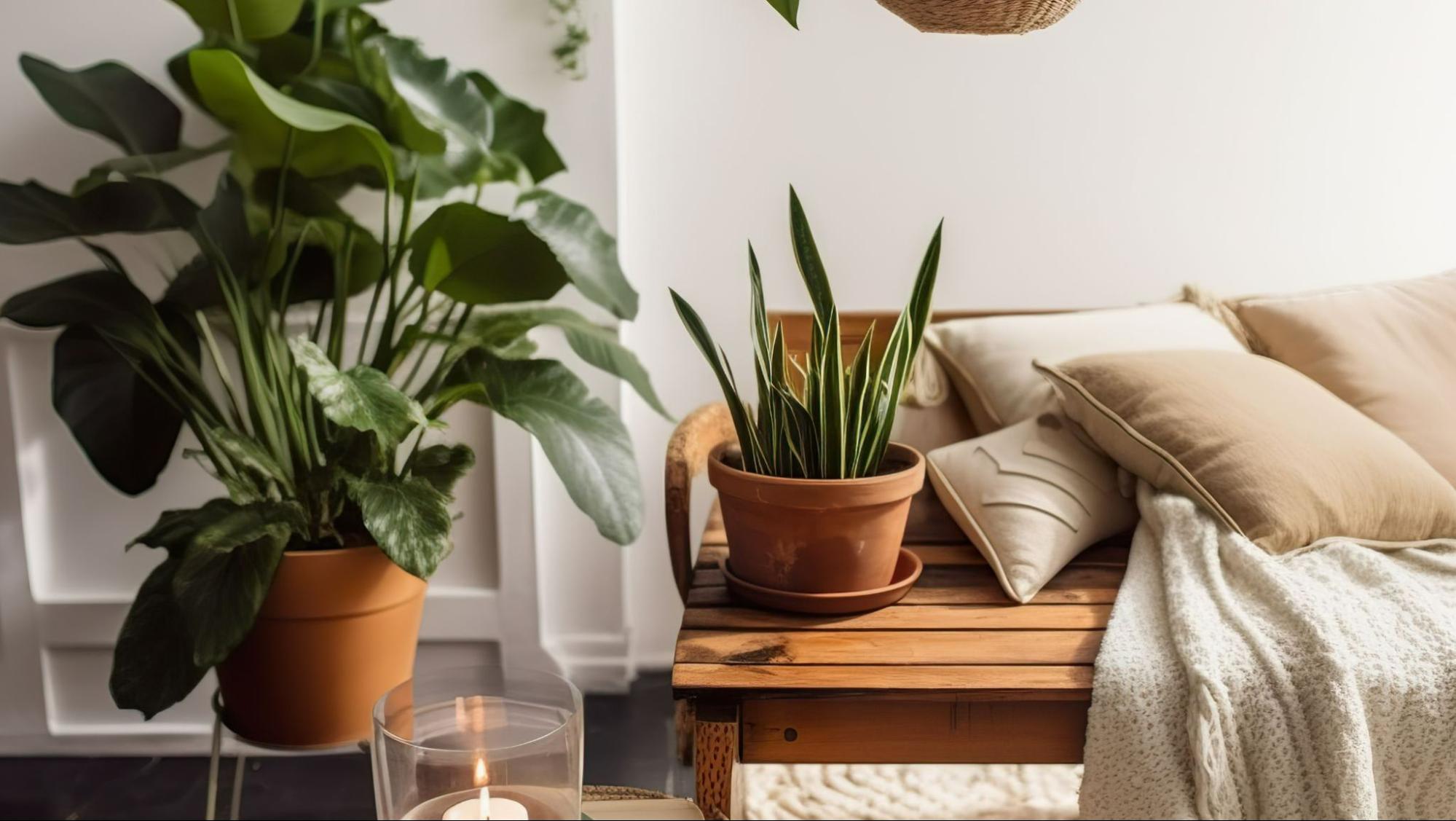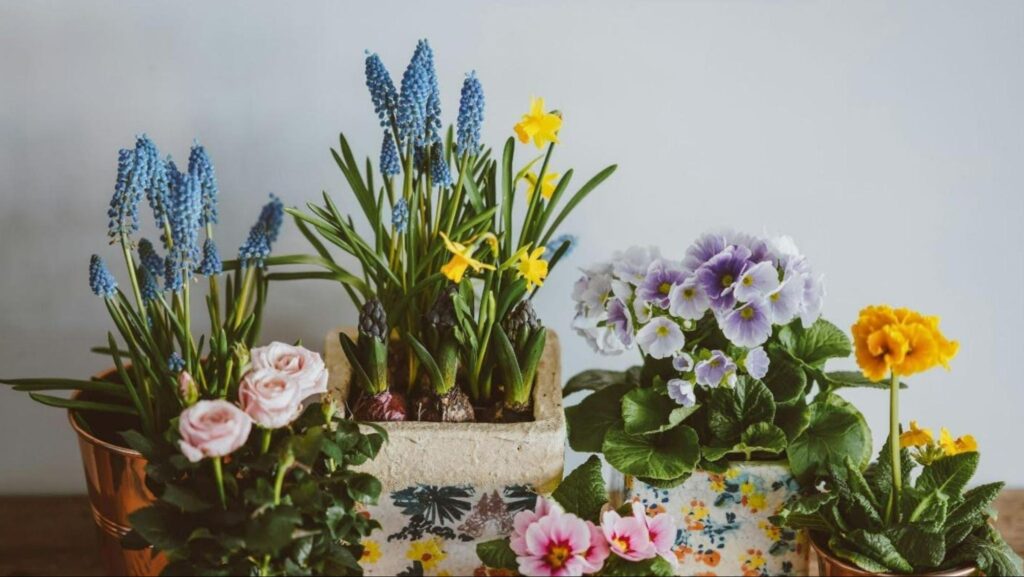An ever-growing number of people are looking to bring plants and greenery into their homes and feel closer to nature as a result. If you reside in a concrete jungle, you have mostly likely experienced the feeling of missing natural settings, and while bringing some plants inside may not seem like that big of a deal in the grand scheme of things, it can actually help you quite a lot. Having and taking care of plants is associated with lower stress levels, increased ability to concentrate, and overall better indoor air quality. Working with plants can be downright therapeutic, allowing you to spend some quiet and meditative time on your own.
If you’ve been thinking about bringing home a few green friends as well, here are some of the options you can consider.
Snake Plant
The snake plant is the best choice for beginners due to its hardy and resilient nature. This plant is able to tolerate a wide range of conditions and is very low maintenance, so you don’t have to fuss over it too much. The best choice for yours is wide planters that are also shallow and have plenty of drainage. Snake plants grow and thrive in pots such as these, but you should still repot them every three to five years, or anytime you notice the roots have started peeking out of the holes at the bottom. Terracotta, clay, or ceramics are the best options since the plant’s strong roots can crack plastic.

The plant should get plenty of bright light, so keep it near the windows. Dust the leaves regularly and watch out for any discolouration or mushy stems. You should only water when the soil has become completely dry, and during the colder months most snake plants will do just fine being watered only once every thirty days or so.
Corn Plants
The corn plant is the perfect way to add some character to an empty corner of your home, but make sure that it is in an area where your pets can’t reach it as it can be toxic if ingested. They are tropical plants so they need climate-controlled conditions, making them perfect for your little indoor garden. The thick trunk and lush foliage are also very aesthetically pleasing, making corn plants a wonderful addition to your interior design.
Keep your plant away from cold drafts, as they enjoy warmth and will absolutely not tolerate frost. Do not use any fertiliser in winter, the best time to feed your snake plant is in spring. A 10-10-10 fertiliser with a balanced, slow-release is the best choice. When you water the corn plant, make sure you give it plenty to drink. Ideally, the water should run out the drainage hole. However, you shouldn’t water unless the soil has become completely dry.
Cast Iron Plant
The cast iron plant is native to Taiwan and Japan, where it is used as a material for seika, a form of ikebana, the traditional Japanese art of flower arrangements. Its name hints at its resilience, and although it is very popular as a houseplant, it can also thrive in temperatures as low as −5 °C with minimal assistance. The flower plots you use for cast iron plants don’t need to be changed very often since the plants grow slowly, but if you absolutely need to do it, you should wait until spring or summer to do so, as the plants are actively growing during this period and can deal with disruptions much easier.
Cast iron plants tolerate a very wide range of soils, but good drainage is a must. The soil you choose should be organically rich and have a pH that is slightly acidic to neutral. Be careful not to overwater, as the roots are sensitive and cannot tolerate being in wet soil for too long. Cast iron plants require fertiliser about once a month during the warm season, with the all-purpose liquid varieties being the preferred choice for many pet parents.
Swiss Cheese Plant
These gorgeous plants have earned their name as a result of their appearance, as they have holes in their leaves, which make them similar to Emmental cheese. Their gorgeous, striking appearance is what makes them the favourites of many homeowners. When you water your plant, make sure the top soil is dry. It needs plenty of water, but that means the soil should be kept moist and not thoroughly drenched. Terracotta containers can regulate moisture and ensure the plant doesn’t have to deal with any damage as a result of the excess water.

Swiss cheese plants also love high humidity and warm temperature. The plants enjoy climbing and have aerial roots that grow downward from the stem, and which are used to brace against any available support. Stake support is essential, as they prevent the plant from extending outside of its container. The simplest method is to insert a wooden stake in the centre of the pot and let the plant do the rest.
Chinese Evergreen
This tropical perennial plant has numerous cultivars, and all of them make for amazing houseplants. The leaves can have many different colours, including red, white, cream, purple, and silver. The Chinese evergreen needs slightly acidic soil, and adding some perlite to it can also achieve a very reliable combination that supports growth. Don’t let the soil become completely dry, and make sure your plant gets plenty of warmth. It shouldn’t be kept close to windows, vents, or doors, as temperatures typically fluctuate around these areas, and even slight variations can be enough to cause trouble.
You can fertilise it lightly every month or with slow-release pellets about once or twice a year, ideally at the beginning and end of the growing season.
Having houseplants can be an interesting and rewarding hobby, and the fact that they are beneficial for your health and well-being definitely helps as well. However, you should make sure you do your research before buying a plant since taking proper care of them will help them thrive. If it’s your first time dealing with plants, take it as a learning curve and a personal challenge. You will notice that it improves your life.
